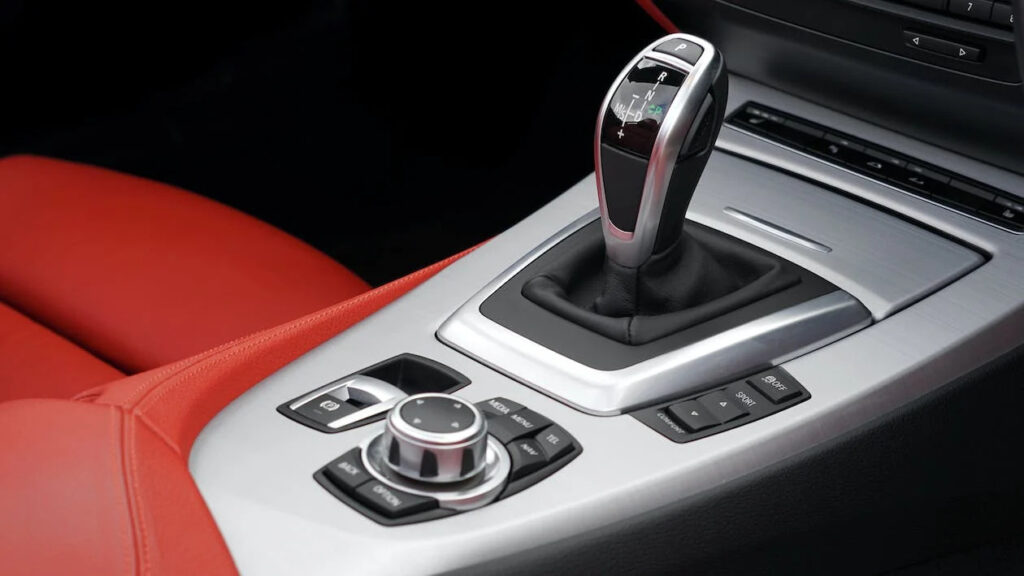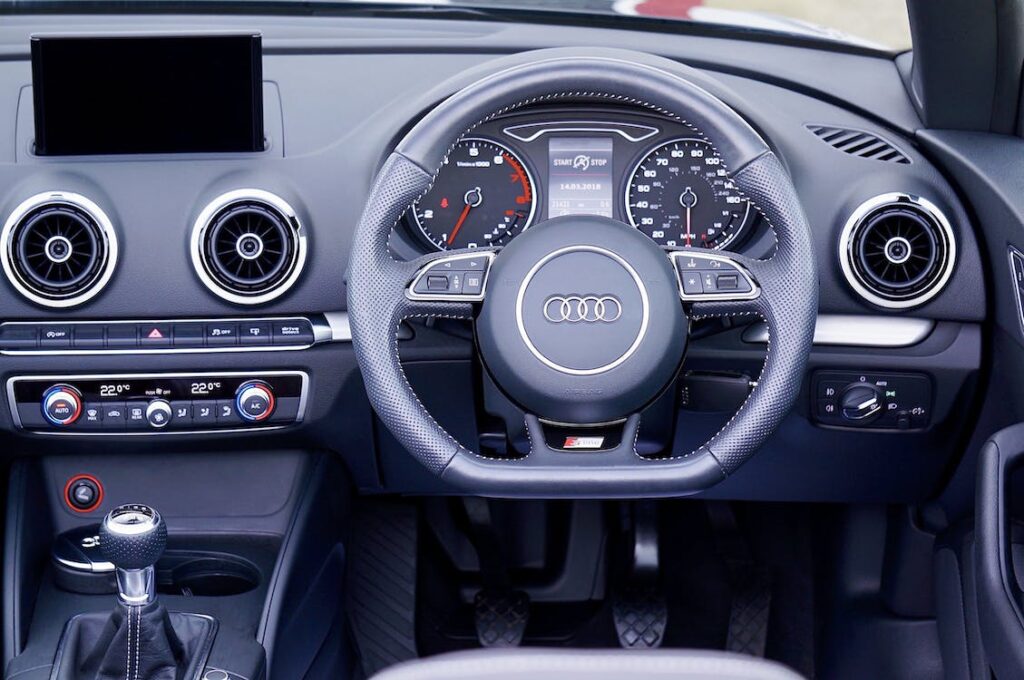
The Ultimate Toyota Car Maintenance Checklist for a Smooth Ride
A well-maintained Toyota not only enhances performance but also extends the lifespan of your vehicle. In this article, we present the ultimate Toyota car maintenance checklist to help you keep your car in top-notch condition.
1. Oil and Fluids
The fluids in your Toyota play a crucial role in its overall performance and longevity. Regularly check and change the following fluids:
Engine Oil
What is a toyota car maintenance checklist? Follow the manufacturer’s recommendations for oil change intervals.
Use the recommended oil viscosity and quality.
Regular oil changes ensure proper engine lubrication and prevent wear.
Transmission Fluid
Refer to your owner’s manual for the recommended transmission fluid change schedule.
Ensure the transmission fluid level is within the proper range.

Coolant
Check the coolant level and mixture regularly.
A proper coolant mixture prevents engine overheating and freezing in colder temperatures.
Brake Fluid
Inspect brake fluid levels and look for any signs of contamination.
Brake fluid should be clear and free from debris.
Power Steering Fluid
Regularly check the power steering fluid level and top it up if necessary.
Adequate power steering fluid ensures smooth steering operation.
2. Tire Care
What is a Toyota car maintenance checklist? Proper tire maintenance contributes to both safety and fuel efficiency. Follow these tire care guidelines:
Tire Pressure
Check tire pressure at least once a month using a reliable pressure gauge.
Inflate tires to the recommended pressure stated in the owner’s manual or on the driver’s side door jamb.
Tire Rotation
Rotate your tires according to the manufacturer’s recommendations.
This helps ensure even tread wear and extends tire life.
Tire Tread and Condition
Regularly inspect tire tread depth using the penny test.
Look for signs of uneven wear, cuts, or punctures.
3. Brake System
Maintaining a responsive brake system is essential for your safety on the road. Keep an eye on the following:
Brake Pads
Monitor brake pad thickness and replace them when they’re worn down to the recommended minimum thickness.
Squeaking or grinding noises indicate it’s time for a replacement.
Brake Rotors
Inspect brake rotors for signs of scoring, warping, or excessive wear.
Properly functioning rotors ensure effective braking performance.
4. Air Filter
A clean air filter promotes optimal engine performance and fuel efficiency:
Regular Inspection
Check the air filter at regular intervals, typically every 12,000 to 15,000 miles.
Replace the air filter if it’s visibly dirty or clogged.
5. Battery Maintenance
A well-maintained battery ensures reliable starts and electrical system performance:
Battery Terminals
Regularly inspect battery terminals for corrosion.
Clean terminals using a mixture of baking soda and water.
Battery Health
Check the battery’s voltage using a multimeter to ensure it’s within the recommended range.
Replace the battery if it’s showing signs of weakness or age.
6. Lights and Signals
Proper lighting is crucial for your safety and the safety of other drivers:
Exterior Lights
Regularly check headlights, taillights, turn signals, and brake lights.
Replace any burned-out bulbs promptly.
Interior Lights
Test dome lights, dashboard lights, and other interior lighting components.
Replace bulbs as needed to maintain visibility while driving at night.
7. Belts and Hoses
Inspecting belts and hoses helps prevent unexpected breakdowns:
Serpentine Belt
Check for cracks, fraying, or signs of excessive wear.
Replace the serpentine belt according to the manufacturer’s recommendations.
Radiator Hoses
Inspect radiator hoses for leaks, bulges, or soft spots.
Replace hoses that show signs of deterioration.

Are electric cars low maintenance?
Electric cars are known for their low maintenance requirements compared to traditional internal combustion engine vehicles. With fewer moving parts and no need for oil changes, spark plugs, or complex transmission systems, electric cars generally experience reduced wear and tear. While some components like tires, brakes, and suspension still require maintenance, the overall simplicity of electric drivetrains often translates to fewer visits to the mechanic and lower long-term maintenance costs for electric car owners.
What is the best device for my automobile?
The use of a Mileage Stopper is legal in most countries. However, at Super Kilometer Filter, we strongly advise against using it for dishonest purposes, such as misleading potential buyers of your used car. This module’s original intention is to evaluate your vehicle’s performance in a controlled environment. Unfortunately, unscrupulous individuals exploit such advanced tools to manipulate the actual mileage, making it difficult to determine how to check car mileage accurately.
If you purchase a Mileage blocker, you can bypass the tedious installation process.
Last Words
What is a Toyota car maintenance checklist? Regular maintenance is the foundation of a trouble-free driving experience with your Toyota car. Keep in mind that while this checklist covers the basics, referring to your Toyota’s owner’s manual and seeking professional assistance when needed will help you maintain your car’s performance and value for years to come. Remember, a well-cared-for Toyota is a vehicle that rewards you with reliability and smooth driving every time you hit the road.
So, take the time to give your Toyota the attention it deserves, and enjoy the benefits of a vehicle that stands the test of time and delivers a truly enjoyable driving experience.




